Many consumers spend more time on their phones than on desktop computers. This is why mobile apps are becoming an important marketing tool and sales channel for businesses of all sizes.
However, developing a mobile app is no easy task. It requires strategic direction, a lot of resources, and a considerable amount of time.
Two popular paths to creating mobile apps are progressive web apps and native apps. Not sure which one is right for your business? We break down the two so you can learn the difference and make a strategic decision about which one may work best for your business.
What are progressive web apps?
A progressive web app, often shortened to PWA, is essentially a website that behaves like a mobile app on an end user’s smartphone. PWAs provide a familiar user experience, so they are intuitive and easy to navigate.
They don’t take up a lot of the storage on a device, and the user can access them in areas without internet connectivity. Typically, PWAs are links sent directly to end users, who use the links to visit the app and add it to their home screen for easy access.
There are many benefits of taking the PWA route, particularly for small and medium-sized businesses. For example, PWA development doesn’t require a massive budget or months of development time.
In addition, maintenance of PWAs is less cumbersome than for native apps. Progressive web apps run on any device, just like native apps, and businesses can increase discoverability using SEO best practices — since a PWA is technically a website, not an app.
What are native apps?
A native app is what most people think of when they hear the words “mobile app.” It’s an application designed specifically for use on mobile devices. Unlike PWAs that can run on any device, native apps are built for a specific operating system, such as Android or iOS.
Because they are created for a particular OS, native apps offer more powerful performance and a better user experience than PWAs. In addition, native apps can be downloaded from a mobile app store, making them available to a broader audience than PWAs, which are typically reserved for existing customers or employees.
While the HTTPS security features on PWAs are fairly decent, native apps provide enhanced security because they can access a mobile device’s hardware and software features. This means native apps can offer two-factor authentication, for example, while PWAs cannot.
There are many advantages to having your own native app, but keep in mind that building one is expensive, as is maintaining it. In addition, there’s a long development schedule for native apps.
Plus, native apps require a multistep installation process for end users, as they have to visit the app store, find the app, agree to its terms and conditions, then install it. In some cases, users prefer PWAs if they don’t plan to use the app long term.
PWA vs native: Which one is right for your business?
There is no right or wrong answer when it comes to PWAs vs native apps. It all depends on the needs of your business, the needs of your customers, and your budget, timeline, and scope. Keep in mind that while PWAs are cost-effective and take less time to create, they don’t offer the same level of functionality and performance as a native app.
Be sure to consider the full scope of your mobile app to decide whether the PWA or native route is best for you. If you don’t have development expertise in house, speak with mobile web development companies to understand the cost and timeline for your app, or look at the user-friendly app development tools available, like Jotform Apps.
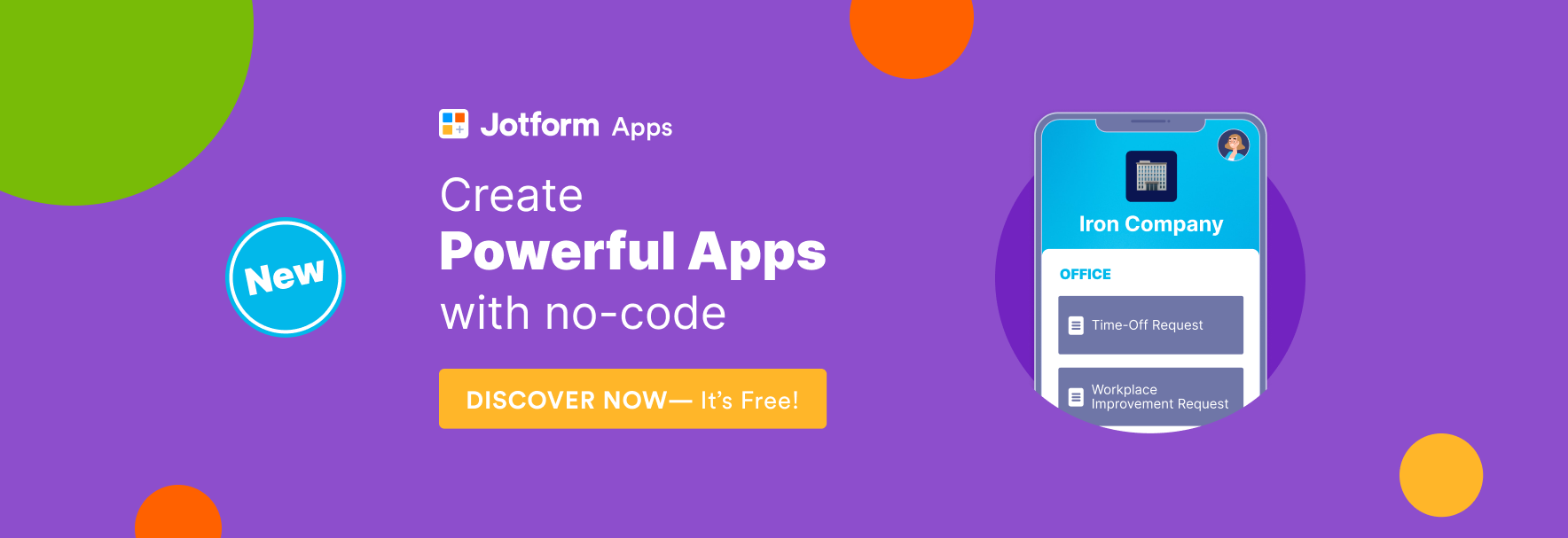








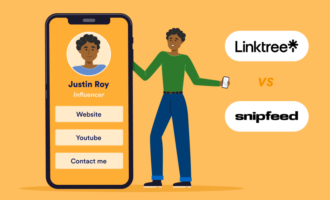









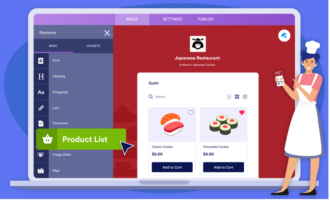
















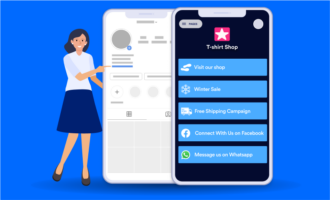


















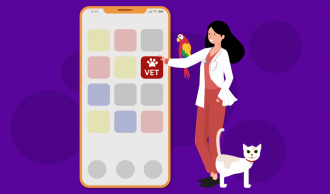
















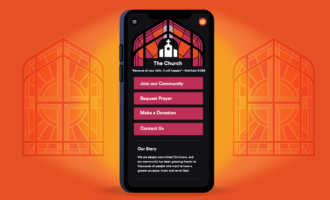








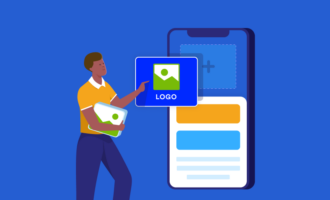


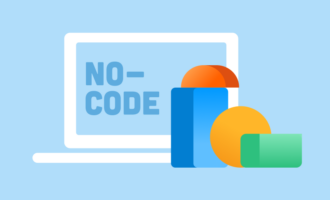






Send Comment: